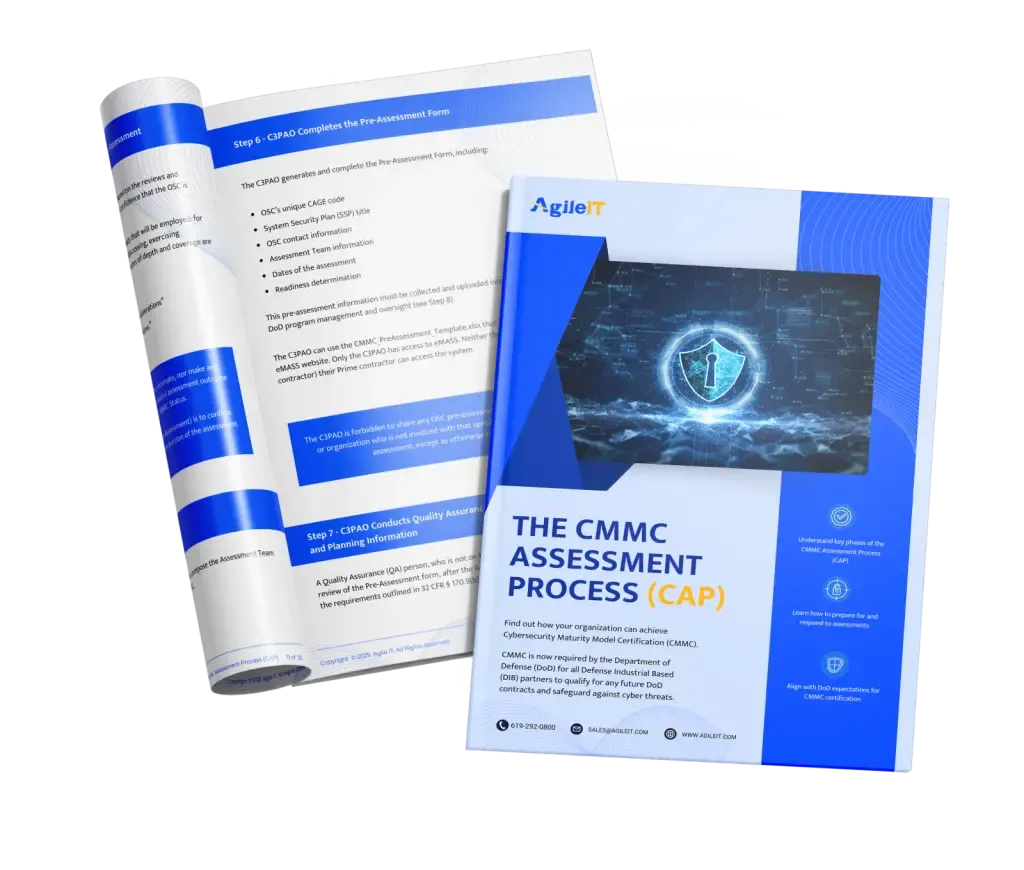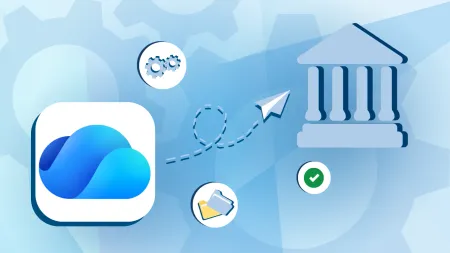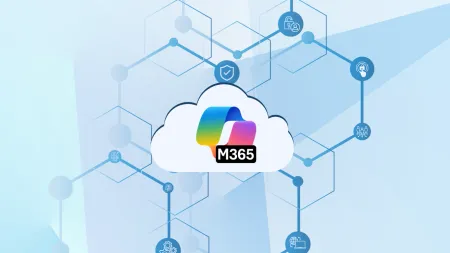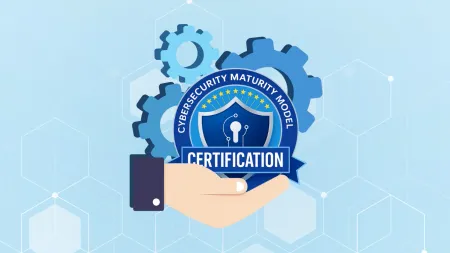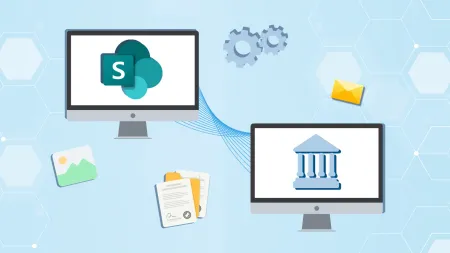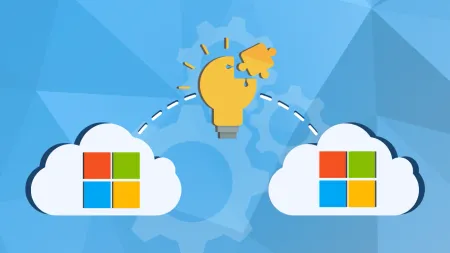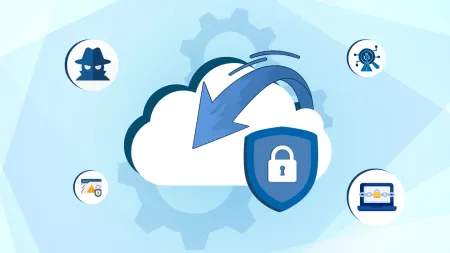Assessing Organizational Readiness for GCC High Migration
Is your organization ready for GCC High? Learn how to assess your technical, operational, and compliance readiness before migrating to Microsoft 365 GCC High.

This is Post #3 of our GCC High Migration Planning & Readiness Series
If you missed the earlier posts, start here to get the full picture:

Now that you’ve taken the time to thoroughly prepare for your GCC High migration, including creating a migration plan, you may feel ready to jump right into the first phase of your migration. However, it’s essential that you do not rush into the migration process, as starting your GCC High migration before you’re truly ready could lead to numerous problems. The fact is that starting your migration prematurely can lead to increased costs, feature parity issues, potential downtime, and it could even put the sensitive government data you handle, such as Controlled Unclassified Information (CUI), at risk. Therefore, before rushing into your GCC High migration, you should take a step back and assess your organizational readiness first. To help minimize potential problems during your GCC High migration, keep reading as we take a look at a few steps you should take to assess your organizational readiness first.
Understand Compliance Triggers
The first thing that you should do to ensure you’re ready to start your GCC High migration is to assess your compliance needs. Make sure that you’ve identified the specific federal regulations your organization must adhere to, such as ITAR, DFARS, CMMC, and FAR CUI, as this will influence how you’ll need to configure your new tenant in order to ensure you meet your compliance obligations. Knowing your contractual compliance obligations may also influence your migration timeline, as you may have to move more quickly if you have urgent DoD contracts. When planning how you will adapt GCC High to meet your compliance needs, it is essential that you plan for regular audits, as audits can help ensure that your cloud setup remains compliant over time. To streamline this process, take the time now to plan how you will conduct these audits and who will perform them.
Evaluate Your Current IT Environment
Your next step will be to evaluate your current IT environment, including hardware, software, and your network infrastructure, to assess their compatibility with GCC High. The last thing you want is to encounter surprises during your migration, such as realizing that an essential tool you use isn’t compatible with GCC High. Assessing your environment now will help you uncover these problems and find solutions or develop workarounds before they become a problem later. Assessing your network now also helps ensure that you know where all of your important data is located and how much data you need to migrate to GCC High so that you can prepare accordingly.
Assess Identity and Access Management Setup
Next, you will need to assess your cybersecurity posture, as your security policies may need updating in order to ensure they integrate properly with a GCC High environment. This is because GCC High requires robust security measures such as multi-factor authentication, encryption, and strict access controls. You will then likely need to establish new security protocols to ensure compliance with GCC High requirements, as enhanced security measures such as Multi-Factor Authentication (MFA) are not only built into GCC High, but they are also necessary to ensure compliance with regulations like CMMC and DFARS. You may also need to implement additional security measures if you have hybrid or remote team members to ensure your CUI is properly protected and you are in compliance. Working with a managed service provider experienced in helping organizations achieve compliance with federal regulations can be particularly crucial if you have a remote team, as they can help you establish a robust cybersecurity posture.
Review Data Sensitivity and Storage
You should also take a moment to identify and classify the data you will be migrating to GCC High, ensuring that you have located and identified all CUI that your organization handles. It is essential to know where all of your CUI resides so that you can protect it properly during/after the migration. Furthermore, this will help you determine the scope of your compliance efforts after your GCC High migration is complete. This will also help you gain a better understanding of your data storage and management practices, as you may need to make changes to ensure these practices align with your compliance obligations. The fact is that identifying, classifying, and tagging sensitive data is crucial to maintain a robust cybersecurity posture in GCC High.
Organizational Change Management Readiness
Migrating to GCC High represents a significant change for your team, so it is essential that you take some time to ensure you have plans in place to prepare your team for this change before you start your migration. In particular, it is important that you have a plan to maintain communication with your team leading up to and during the migration so they know what to expect. To ensure your team is prepared to operate in GCC High, it is also critical that you provide extensive training on new tools and processes leading up to the migration. Make sure that your team knows what to expect from the migration and that they are familiar with the new environment, security protocols, and any changes to workflows. You should also be prepared to provide ongoing support after the migration to ensure a smooth transition.
Leverage a Pre-Migration Readiness Checklist
To ensure you are ready for the start of your GCC High migration, you should consider leveraging a pre-migration readiness checklist. Work with your GCC High migration partner to create a checklist of final things you need to review to ensure you’re ready for your migration, including technical, operational, and compliance checkpoints. Make sure that you update your migration plan and readiness checklist after you have performed your first phase/pilot migration to address any errors that occurred or problems that you encountered. Having an experienced GCC High migration partner by your side can provide critical support at this juncture, as they can assess your network and migration plan to ensure that everything is prepared to ensure a smooth transition to GCC High.
Taking the time to assess your readiness before rushing into a GCC High migration is essential not only to ensure a smooth migration, but also to maintain compliance and safeguard the CUI you handle throughout the migration process. However, the best way to ensure your GCC High migration goes smoothly would be to work with a qualified partner from the beginning to guide your GCC High migration planning. Having an experienced MSP such as Agile IT by your side will provide you with the resources you need to navigate the complex migration process, and we can also help support you as you navigate your current and future compliance needs as the deadlines approach to comply with CMMC 2.0 and FAR CUI. Feel free to contact us today to schedule a readiness assessment with one of our GCC High experts to ensure your migration goes as smoothly and securely as possible.
